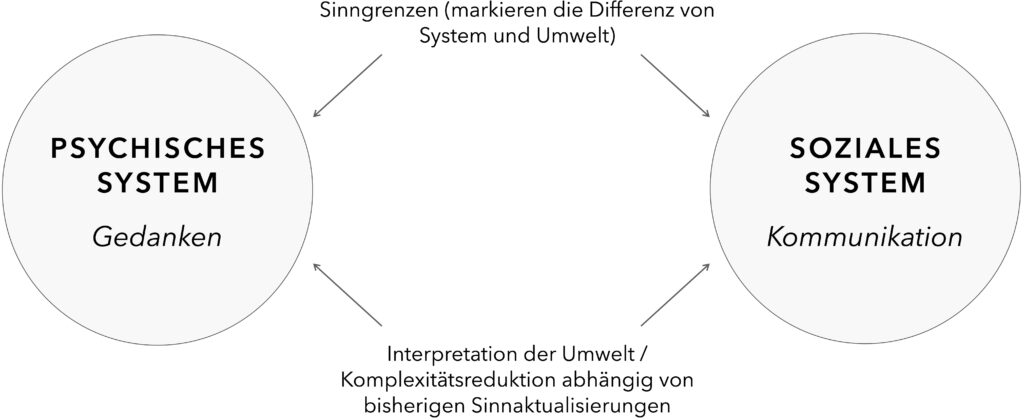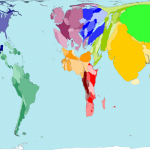Heute ist die Zukunft von gestern XVII: »Web 2.0« (DiNucci 1999)
Jan-Felix Schrape | 5. Dezember 2014Der Begriff ›Web 2.0‹ ist seit geraumer Zeit in den allgemeinen Sprachgebrauch eingegangen – und beschreibt je nach Kontext ganz unterschiedliche Dinge. Eine erste vielbeachtete Definition erfuhr dieser Ausdruck durch den IT-Verleger Tim O’Reilly:
»Web 2.0 is the business revolution in the computer industry caused by the move to the internet as platform, and an attempt to understand the rules for success on that new platform. Chief among those rules is this: Build applications that harness network effects to get better the more people use them.« (O’Reilly 2006, 2005)
Eingeführt wurde der Begriff an sich jedoch bereits Ende der 1990er Jahre durch die Interface-Designerin Darcy DiNucci (1999: 32) in einem Artikel zu der künftigen Entwicklung des World Wide Web bis hin zu einem Internet der Dinge:
»[…] the Web, as we know it now, is a fleeting thing. Web 1.0. […] Today’s Web is essentially a prototype—a proof of concept. This concept of interactive content universally accessible through a standard interface has proved so successful that a new industry is set on transforming it, capitalizing on all its powerful possibilities.
The Web we know now, which loads into a browser window in essentially static screenfuls, is only an embryo of the Web to come. The first glimmerings of Web 2.0 are beginning to appear, and we are just starting to see how that embryo might develop. The Web will be understood not as screenfuls of text and graphics but as a transport mechanism, the ether through which interactivity happens.
On the front end, the Web will fragment into countless permutations with different looks, behaviors, uses and hardware hosts. […] It will still appear on your computer screen, transformed by video and other dynamic media made possible by the speedy connection technologies now coming down the pike. The Web will also appear […] on your TV set […], your car dashboard […], your cell phone […], hand-held game machines […] and maybe even your microwave […].«
In seiner ursprünglichen Verwendungsform wurde das Schlagwort ›Web 2.0‹ also eher internetökonomisch bzw. infrastrukturarchitektonisch belegt; nichtsdestoweniger avancierte es ab Mitte der 2000er Jahre bekanntlich rasch zum Synonym für eine erneute allgemeine Aufbruchsstimmung um das Netz. So schrieb Mario Sixtus (2005) in der Zeit vom Heranwachsen eines »dichte[n] Geflecht[s] von Kommunikations- und Informationsmöglichkeiten, die den Menschen und seine Bedürfnisse in den Mittelpunkt stellen«, während Norbert Bolz im Spiegel (2006) von einem neuen »Empowerment der Massen« sprach und Kevin Kelly (2005) die Vernetzung im ›Web 2.0‹ als »the […] most surprising event on the planet« charakterisierte:
»2015. The Web continues to evolve from a world ruled by mass media and mass audiences to one ruled by messy media and messy participation. […] in the near future, everyone alive will (on average) write a song, author a book, make a video, craft a weblog, and code a program. This idea is less outrageous than the notion 150 years ago that someday everyone would write a letter or take a photograph. […] Who will be a consumer? No one. And that’s just fine. […] The producers are the audience, the act of making is the act of watching, and every link is both a point of departure and a destination.«














